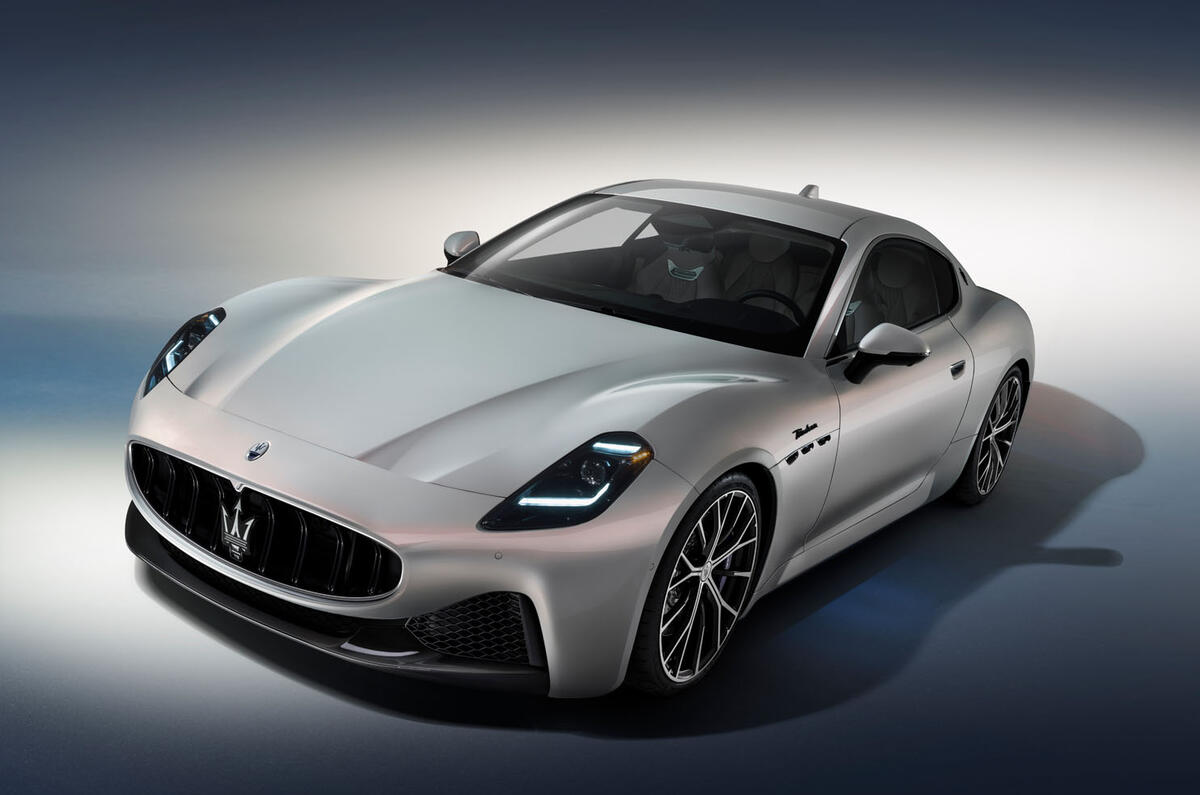Becoming part of a huge intercontinental conglomerate was, by and large, fantastic news for the 14 brands that huddled together under the Stellantis umbrella upon its formation in 2020.
Production synergies, component sharing, R&D collaboration, inter-car connectivity – all are now possible on a much wider scale for each, and no doubt transformative in terms of outlook and stability. But what of brand identity, all too often a victim of the rise of modular architecture?
Most pertinently, how would Maserati, the most overtly premium and sporting member of the family, continue to be differentiated from much more volume-oriented stablemates like Vauxhall?
Easily, as it turns out. It just required an all-out focus on exactly the qualities and attributes that established the Italian marque all those years ago (beauty, luxury, speed, handling poise) and a willingness to be brave in offering a product with no totally direct rivals. Two products, actually, if you consider there is currently no V6-powered or electric two-door GT on sale.
The news that Maserati will launch its final combustion car in 2025 invited concern that its individuality would play second fiddle to cost-efficiency when it came to product planning, and suggested the days of bespoke trident-badged offerings would soon pass.
But the launch of the new Maserati Granturismo suggests that Stellantis head honchos recognise the need for Maserati to maintain some autonomy. Here’s hoping the driving experience attests to that, as well.








Add your comment